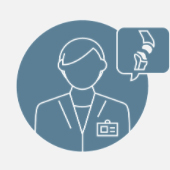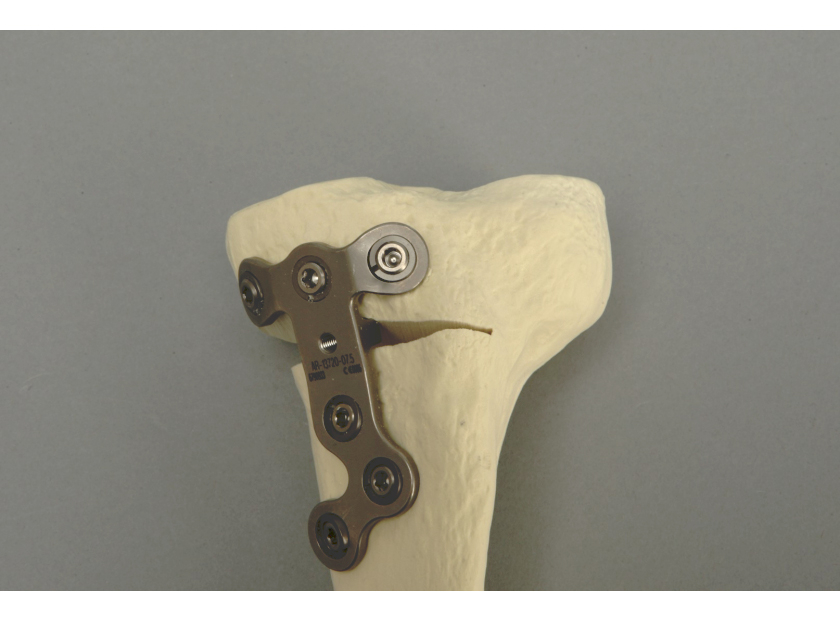Assessing Common Fracture Patterns and Repair Procedures in Group Trainings
Identifying and treating common fracture patterns are one of the staples of medical training. Detailed instruction is an absolute necessity when considering how more than 6.8 million fractures occur in the US per year. Some are traumatic. Others arise over time. All will require specialized medical treatment based on the patient, fracture type, and potential complications.
Medical education models are a necessity to ensure comprehensive training in fracture repair. These models should be based on the most common fracture types to help students learn to diagnose injuries both on sight and through medical imaging. That way, they can guide the treatment of their patients and reduce the risk of complications.
Training Students on 9 Common Fracture Patterns
Some common fracture patterns will require a simple setting or casting. Others are more complex, demanding surgical intervention. In either case, students must accurately diagnose and treat many of these common injuries.
Avulsion |
An avulsion fracture is particularly complicated because it also involves damage to a tendon or ligament. These fractures can be tough to diagnose because they may be asymptomatic until a new injury is discovered via x-ray. They're common in children as the mechanics of the injury impact active growth plates. Training will involve learning to stabilize these injuries and diagnosing them earlier before they create ongoing problems. |
Compression |
This type of fracture is particularly concerning, as it occurs in the spine. It can cause the critical vertebrae to collapse, limiting function and causing pain. As osteoporosis is a frequent cause, it's common to see these fractures in older patients. Training in pain management, diagnosis, therapy, and CT scans is necessary. More advanced techniques include vertebroplasties or kyphoplasty, making spinal vertebrae models invaluable in training. |
Comminuted |
Any doctor working in an emergency room setting will likely see a comminuted fracture at some time or another, as they occur due to severe sudden trauma like one would see in a car accident. In these cases, the bone splinters into several fragments, usually resulting in a need for surgery to remove the free-floating bodies. Following that, setting and splinting are likely. |
Greenstick |
These fractures get their name from green wood, as the fresher, softer wood is more likely to bend than break entirely. They occur most often in children. Those in pediatric training must become familiar with these incomplete breaks, which are usually resolved using removable splints due to the age of the patient. |
Impacted |
Impacted fractures can be particularly challenging to set, as the bone is jammed into another, making both difficult to move. While treatment typically includes splinting and positioning, surgical intervention may be necessary. |
Oblique |
Curved fractures often accompany other youthful injuries like greenstick or stress fractures. In this, the damage is curved at an angle, making setting or splinting a challenge. The injury occurs from blunt force trauma and is particularly common in extremities. |
Spiral |
This is also called a torsion fracture because it occurs through a sudden rotating force. These are serious injuries that carry a significant risk of complications as they are challenging to set and splint. They often heal slowly, taking more than six months to reform correctly. This injury is another commonly seen in children, especially in cases of child abuse. |
Stress |
Stress fractures are unique as they occur over a more extended period due to repetitive tasks and repeated blows. Anyone in sports medicine will likely see more than a few of these in their time treating patients. As this is only a hairline fracture, the typical resolution is simple immobilization. However, failure to adhere to these restricted activities can cause the fracture to grow more serious. |
Transverse |
This complete fracture goes straight across the bone and is very common in traumatic injuries—especially in long bones like the tibia. While splinting and setting are standard solutions, more severe fractures may require surgical intervention and medical device implants for continued stability. |
The ability to treat and diagnose common fracture patterns is essential to determine the right course of treatment. Overlooking something simple can lead to severe complications later. Due to that, it is critical to provide the proper training tools to students.
Medical Models Suitable for Fracture Treatment
Realism is best when looking for medical models in training students on common fracture patterns. This way, they get an excellent example of what to look for in determining the cause and deciding the treatment pattern. While articulating and non-articulating bone models are available from just about anywhere, not all companies will offer the single feature that is an absolute necessity: radiopacity.
Some form of medical imaging is required in the diagnosis of all fractures. If students are being trained in x-ray (fluoroscopy), standard models won't work because they're not bone. The radiation from the imaging will pass right through them. To offer a better learning experience for diagnostic training, instructors must work with radiopaque materials.
Radiopaque is a bit of a portmanteau that combines "radiation" and "opaque." Simply stated, the radiation cannot pass through the material, similar to how it can't pass through actual bone. The fractures within the model will show up in x-ray (fluoroscopy) medical imaging. As a result, the students can train on diagnosing injuries based on medical imaging similar to a real-world environment.
Radiopaque properties get students familiar with the medical imaging processes needed to diagnose common fracture patterns. Different models can be used to test setting and surgical techniques to avoid damaging more expensive radiopaque models. This strategy creates a fully rounded curriculum on fracture training that prepares students for many fracture types they may encounter in the real world of medicine.
Sawbones offers models with radiopaque properties for training in common fracture patterns and medical imaging. To learn more, contact us at 206-463-5551 or review our extensive online catalog.

If you're seeking something you can't find on our website, our sales team is happy to help. We can either direct you to the right model or provide a free quote on the right custom project to meet your needs. Discover options with our clear bone models, laminated blocks, custom displays, or other machining projects.








